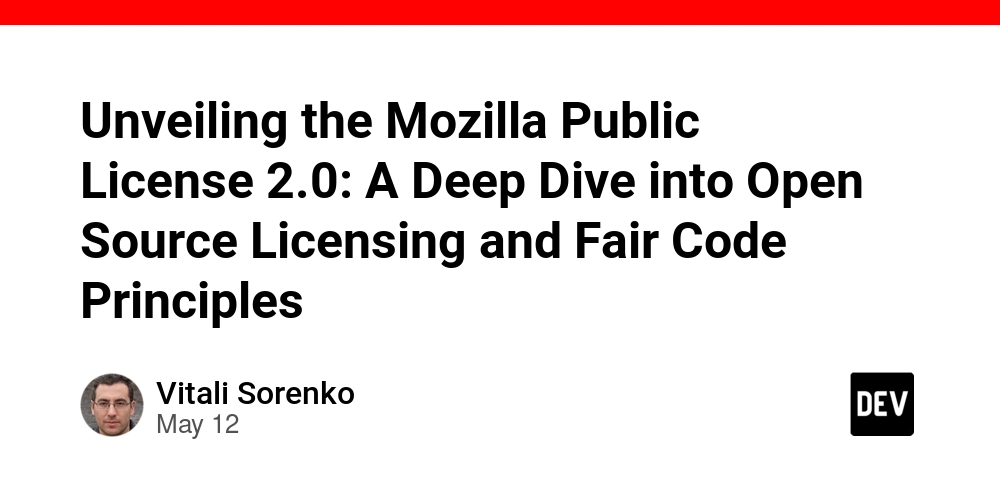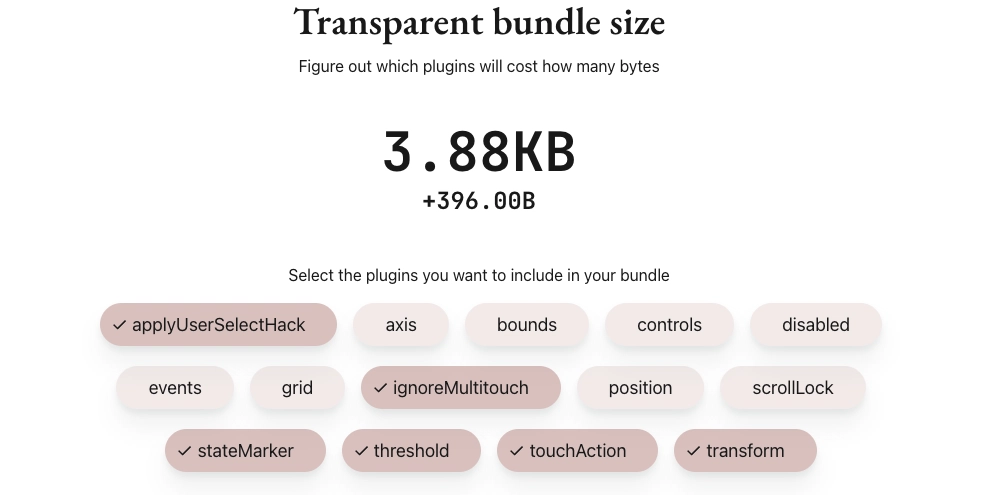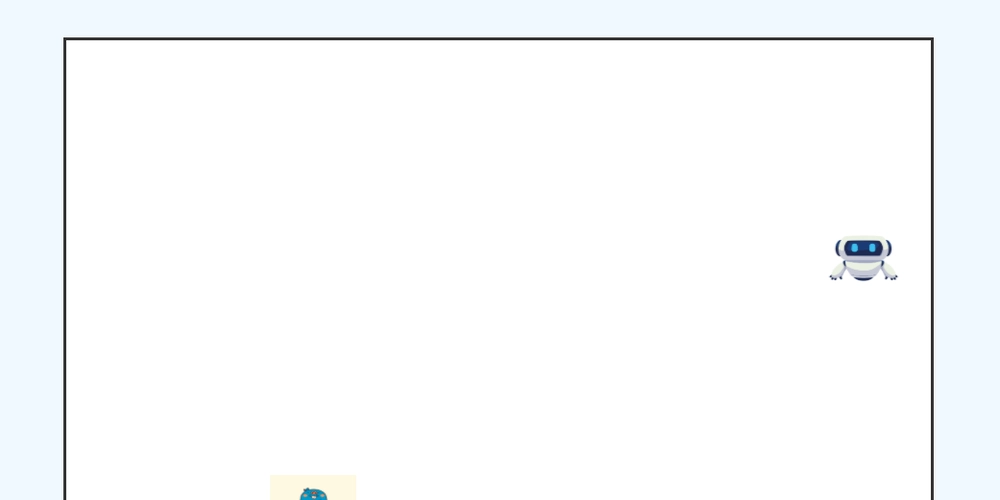Unveiling the Mozilla Public License 2.0: A Deep Dive into Open Source Licensing and Fair Code Principles
Abstract This post explores the Mozilla Public License (MPL) 2.0, a popular open source and fair code license balancing open collaboration with commercial flexibility. We delve into its origins, legal nuances, core features, and practical applications. Alongside an exploration of benefits, we analyze challenges such as file-level copyleft rules and compatibility issues. We also discuss emerging trends including dual licensing and blockchain-based compensation models that are influencing the evolution of open source licenses. Throughout the post, technical experts and developers will find clear explanations, tables, bullet lists, and curated backlinks to authoritative sources such as Mozilla Public License 2.0, license-token.com, and others. This article is an extension of the Original Article and integrates insights from the latest industry trends to help readers understand and navigate open source licensing in today’s evolving software ecosystem. Introduction Open source licensing is the backbone of modern software development. Mozilla Public License 2.0 (MPL 2.0) is one of the most interesting licenses because it blends a modest copyleft with permissiveness. This means that while developers must share modifications to licensed files, they still have the flexibility to integrate proprietary code. In a landscape where legal clarity and code collaboration are paramount, MPL 2.0’s balanced approach has drawn attention from both startups and major corporations. In this post, we provide an accessible deep dive into MPL 2.0 using clear, short sentences. We explain its historical background, core concepts, and practical applications. We also discuss technical challenges and emerging innovations in open source and fair code licensing. Background and Context The Evolution of Open Source Licensing Open source licenses have evolved over time. The Mozilla Public License was originally developed by the Mozilla Foundation with the goals of protecting developer contributions while permitting integration with commercial projects. As the open source movement grew in the early 2000s, many developers needed a license that balanced transparency and commercial interests. MPL 2.0 was rewritten to address ambiguities found in earlier versions. This evolution was driven largely by community feedback and legal debates on compatibility and enforcement. Defining Key Terms Copyleft: A licensing method that requires derivative works to remain open. MPL 2.0 uses file-level copyleft rather than project-wide enforcement. Permissive License: Licenses like the MIT License that allow nearly unrestricted code reuse. Dual Licensing: Allowing the same codebase to be distributed under different licensing terms, one open source and one proprietary, to suit different business models. Ecosystem Context The open source ecosystem today is diverse and fast evolving. As projects move to integrate advanced technologies like blockchain and decentralized finance (DeFi), the need for sustainable, flexible licensing models increases. Emerging concepts such as blockchain-based compensation (e.g., the Open Compensation Token License (OCTL)) are being explored to address fair code funding challenges. These innovations are reshaping how developers approach licenses like MPL 2.0. Core Concepts and Features Key Features of MPL 2.0 MPL 2.0 is designed to facilitate open collaboration while protecting original contributions. Here are its main features: File-Level Copyleft: Only modified files are required to be open, keeping proprietary additions separate. Legal Clarity: Clear guidelines reduce ambiguity, which is especially useful for commercial integration. Flexibility: MPL 2.0 strikes a balance between strictly open and permissive models. Commercial Adaptability: Companies can integrate MPL-licensed code alongside proprietary components by following defined guidelines. Comparison with Other Licenses The following table illustrates how MPL 2.0 compares with other commonly used licenses: License Copyleft/Persmissiveness Commercial Flexibility Complexity Use Case Relevance Mozilla Public License 2.0 Moderate (file-level copyleft) High Moderate complexity Projects needing balance MIT License Highly permissive Very High Minimal Startups and rapid prototyping GNU GPL v3 Strict copyleft Low High Projects prioritizing complete openness Apache License 2.0 Permissive with Patent Clause High Low Commercial projects with IP concerns Overlapping Features and Innovations Many projects today require both robust legal frameworks and advanced innovations such as: Dual Licensing Support: MPL 2.0 can be combined with commercial licenses for dual disposition. Integration with Emerging Technologies: New blockchain integration can potentially raise compensation transparency. Transparency Requirements: The requirement for public modif

Abstract
This post explores the Mozilla Public License (MPL) 2.0, a popular open source and fair code license balancing open collaboration with commercial flexibility. We delve into its origins, legal nuances, core features, and practical applications. Alongside an exploration of benefits, we analyze challenges such as file-level copyleft rules and compatibility issues. We also discuss emerging trends including dual licensing and blockchain-based compensation models that are influencing the evolution of open source licenses. Throughout the post, technical experts and developers will find clear explanations, tables, bullet lists, and curated backlinks to authoritative sources such as Mozilla Public License 2.0, license-token.com, and others. This article is an extension of the Original Article and integrates insights from the latest industry trends to help readers understand and navigate open source licensing in today’s evolving software ecosystem.
Introduction
Open source licensing is the backbone of modern software development. Mozilla Public License 2.0 (MPL 2.0) is one of the most interesting licenses because it blends a modest copyleft with permissiveness. This means that while developers must share modifications to licensed files, they still have the flexibility to integrate proprietary code. In a landscape where legal clarity and code collaboration are paramount, MPL 2.0’s balanced approach has drawn attention from both startups and major corporations.
In this post, we provide an accessible deep dive into MPL 2.0 using clear, short sentences. We explain its historical background, core concepts, and practical applications. We also discuss technical challenges and emerging innovations in open source and fair code licensing.
Background and Context
The Evolution of Open Source Licensing
Open source licenses have evolved over time. The Mozilla Public License was originally developed by the Mozilla Foundation with the goals of protecting developer contributions while permitting integration with commercial projects. As the open source movement grew in the early 2000s, many developers needed a license that balanced transparency and commercial interests. MPL 2.0 was rewritten to address ambiguities found in earlier versions. This evolution was driven largely by community feedback and legal debates on compatibility and enforcement.
Defining Key Terms
- Copyleft: A licensing method that requires derivative works to remain open. MPL 2.0 uses file-level copyleft rather than project-wide enforcement.
- Permissive License: Licenses like the MIT License that allow nearly unrestricted code reuse.
- Dual Licensing: Allowing the same codebase to be distributed under different licensing terms, one open source and one proprietary, to suit different business models.
Ecosystem Context
The open source ecosystem today is diverse and fast evolving. As projects move to integrate advanced technologies like blockchain and decentralized finance (DeFi), the need for sustainable, flexible licensing models increases. Emerging concepts such as blockchain-based compensation (e.g., the Open Compensation Token License (OCTL)) are being explored to address fair code funding challenges. These innovations are reshaping how developers approach licenses like MPL 2.0.
Core Concepts and Features
Key Features of MPL 2.0
MPL 2.0 is designed to facilitate open collaboration while protecting original contributions. Here are its main features:
- File-Level Copyleft: Only modified files are required to be open, keeping proprietary additions separate.
- Legal Clarity: Clear guidelines reduce ambiguity, which is especially useful for commercial integration.
- Flexibility: MPL 2.0 strikes a balance between strictly open and permissive models.
- Commercial Adaptability: Companies can integrate MPL-licensed code alongside proprietary components by following defined guidelines.
Comparison with Other Licenses
The following table illustrates how MPL 2.0 compares with other commonly used licenses:
| License | Copyleft/Persmissiveness | Commercial Flexibility | Complexity | Use Case Relevance |
|---|---|---|---|---|
| Mozilla Public License 2.0 | Moderate (file-level copyleft) | High | Moderate complexity | Projects needing balance |
| MIT License | Highly permissive | Very High | Minimal | Startups and rapid prototyping |
| GNU GPL v3 | Strict copyleft | Low | High | Projects prioritizing complete openness |
| Apache License 2.0 | Permissive with Patent Clause | High | Low | Commercial projects with IP concerns |
Overlapping Features and Innovations
Many projects today require both robust legal frameworks and advanced innovations such as:
- Dual Licensing Support: MPL 2.0 can be combined with commercial licenses for dual disposition.
- Integration with Emerging Technologies: New blockchain integration can potentially raise compensation transparency.
- Transparency Requirements: The requirement for public modifications encourages continuous community engagement.
SEO Keywords and Phrases
Some of the targeted keywords for this post include:
- Mozilla Public License 2.0
- Open source licensing
- Fair code license
- Dual licensing
- File-level copyleft
- Commercial open source integration
- Blockchain-based compensation
These keywords appear naturally throughout the text to aid SEO without being intrusive.
Applications and Use Cases
MPL 2.0 is used across a variety of industries. Here are two to three common examples of its real-world applications:
Web Development Frameworks
Many modern web frameworks use MPL 2.0. Developers appreciate that while the core code remains open, proprietary modules or extensions can be developed without having to release all changes. This approach enables companies to innovate while protecting their revenue models. For further context on open source licensing and web development, see discussions on Stack Overflow.
Enterprise and Commercial Software
Enterprises often choose MPL 2.0 when they need to combine open source code with proprietary business logic. The file-level copyleft means that while essential modifications must remain open, other components can remain closed. This model is beneficial for industries such as cybersecurity, healthcare, and telecommunications. For deeper insights into these trends, refer to articles on Github License Usage.
Community-Driven and Research Projects
Universities and non-profit organizations value MPL 2.0 for research and educational software. Its clear legal framework ensures that collaborative improvements are maintained within the community without forcing all innovations to be public. This approach contributes to a thriving ecosystem of shared knowledge and technical expertise.
Challenges and Limitations
While MPL 2.0 has many benefits, it also faces technical and adoption challenges. Below is a bullet list summarizing some key limitations:
- Legal Complexity: The file-level copyleft aspect can complicate integration with projects under more permissive licenses.
- Compatibility Issues: Some developers report difficulties when combining MPL 2.0 code with strict copyleft licenses like GNU GPL.
- Enforcement Problems: The reliance on voluntary compliance might sometimes allow commercial entities to bypass the spirit of fair contribution.
- Dual Licensing Risks: While dual licensing offers flexibility, it also creates legal uncertainties if not separated carefully.
Additional insights on open source licensing challenges can be found on communities such as Hacker News and technical discussions on Stack Overflow.
Technical and Adoption Barriers
MPL 2.0’s legal wording, though clear, sometimes results in fragmented codebases if not managed correctly. There is also the concern regarding anonymous contributions and the lack of formal Contributor License Agreements (CLAs), which can risk legal ambiguities over code ownership.
Future Outlook and Innovations
Emerging Trends
The next few years promise exciting innovations in the realm of open source licensing:
Blockchain-Based Compensation Models
New approaches like the Open Compensation Token License (OCTL) demonstrate how blockchain technology can enhance developer compensation transparency. This aligns with fair code principles by ensuring that contributors are rewarded fairly, a concept that is later discussed in various license-token.com articles.Enhanced Dual Licensing Strategies
More organizations are exploring dual licensing models that allow proprietary integration alongside open source distribution. While MPL 2.0 facilitates this to an extent, future versions may further reduce legal hurdles to create a more seamless integration.Interoperability with Emerging Technologies
Technologies such as blockchain interoperability and decentralized finance (DeFi) require adaptable licensing models. Predictions suggest that open source licenses will need to incorporate features like tokenized attribution and automated royalty tracking.
Innovation through Collaboration
Key industry stakeholders, from both corporate and academic circles, are working together to pioneer advanced licensing frameworks. Articles such as The Future of Open Source and Blockchain Integration provide valuable insights on these trends. The combination of technical innovation and legal reform is anticipated to foster more robust and equitable frameworks for open source projects in the future.
Future Challenges and Considerations
While innovation is on the horizon, careful legal oversight and continuous community engagement remain essential. Future projects will need to strike a balance between:
- Protecting Developer Rights
- Encouraging Commercial Investment
- Maintaining Open Collaboration
Summary
MPL 2.0 remains a cornerstone in open source licensing by offering a balanced solution—a legal framework that protects community contributions while permitting the integration of proprietary modules. Through its file-level copyleft system, transparent legal language, and potential for dual licensing, MPL 2.0 has shaped development projects across various industries, from web development to enterprise software.
In our detailed exploration, we highlighted:
- The historical background of MPL 2.0 and its evolution.
- Core concepts such as copyleft, permissiveness, and dual licensing.
- Applications and real-world examples that demonstrate its versatility.
- Challenges including legal complexity, compatibility issues, and enforcement vulnerabilities.
- The future outlook, emphasizing blockchain-based compensation models, enhanced interoperability, and evolving dual licensing strategies.
To see more context and the full original detailed review, please explore the Original Article.
Additional Resources and Further Reading
For readers interested in deeper exploration and supplemental insights, consider these authoritative links:
- Mozilla Public License 2.0 Full Text
- MIT License Overview
- GitHub Open Source Licensing Trends
- Stack Overflow Open Source Licensing Discussions
- From license-token.com, check out these articles:
Additionally, check out insightful articles on Dev.to from industry experts, including:
- Zero-Knowledge Proofs on Blockchain Enhancing Privacy and Security
- The Future of Open Source and Blockchain Integration: Revolutionizing Software, Gaming, and Digital Platforms
- Blockchain and NFT Revolution in Land Registries and Real Estate
Key Takeaways
Below is a concise bullet list summarizing the key points:
- MPL 2.0 offers balanced copyleft at the file level.
- It supports commercial integration while protecting open source contributions.
- Dual licensing and interoperability are pivotal for its adoption.
- Legal complexity and enforcement challenges need continuous refinement.
- Emerging trends include blockchain-based compensation and enhanced funding models.
- Sustained community engagement and legal clarity remain essential for the evolving open source ecosystem.
MPL 2.0 is proving to be an adaptable tool for developers, allowing them to innovate without compromising on fair code practices. As technology continues to evolve, the license stands as a testament to flexible, community-driven software development.
Final Thoughts
The journey through the Mozilla Public License 2.0 shows that open source licensing is not static—it evolves to meet community demands and technological advances. Whether you are a developer, legal professional, or technology enthusiast, understanding MPL 2.0 helps navigate the complexities of modern software collaboration. Its balanced approach empowers projects to flourish while respecting both innovation and fair compensation for contributions.
As we move forward, expect more advancements in areas such as blockchain integration and dual licensing strategies that further enhance flexibility and transparency in open source projects. Keeping abreast of these developments will be crucial for anyone involved in the modern software ecosystem.
By embracing clear licensing models like MPL 2.0, the open source community can continue to drive innovation, support sustainable funding, and foster a global culture of collaboration and shared success.
Happy coding and open sourcing!














































































































































































![[The AI Show Episode 156]: AI Answers - Data Privacy, AI Roadmaps, Regulated Industries, Selling AI to the C-Suite & Change Management](https://www.marketingaiinstitute.com/hubfs/ep%20156%20cover.png)
![[The AI Show Episode 155]: The New Jobs AI Will Create, Amazon CEO: AI Will Cut Jobs, Your Brain on ChatGPT, Possible OpenAI-Microsoft Breakup & Veo 3 IP Issues](https://www.marketingaiinstitute.com/hubfs/ep%20155%20cover.png)












































































































































































































































.jpg?width=1920&height=1920&fit=bounds&quality=70&format=jpg&auto=webp#)

























_Michael_Burrell_Alamy.jpg?width=1280&auto=webp&quality=80&disable=upscale#)





























































































































































































